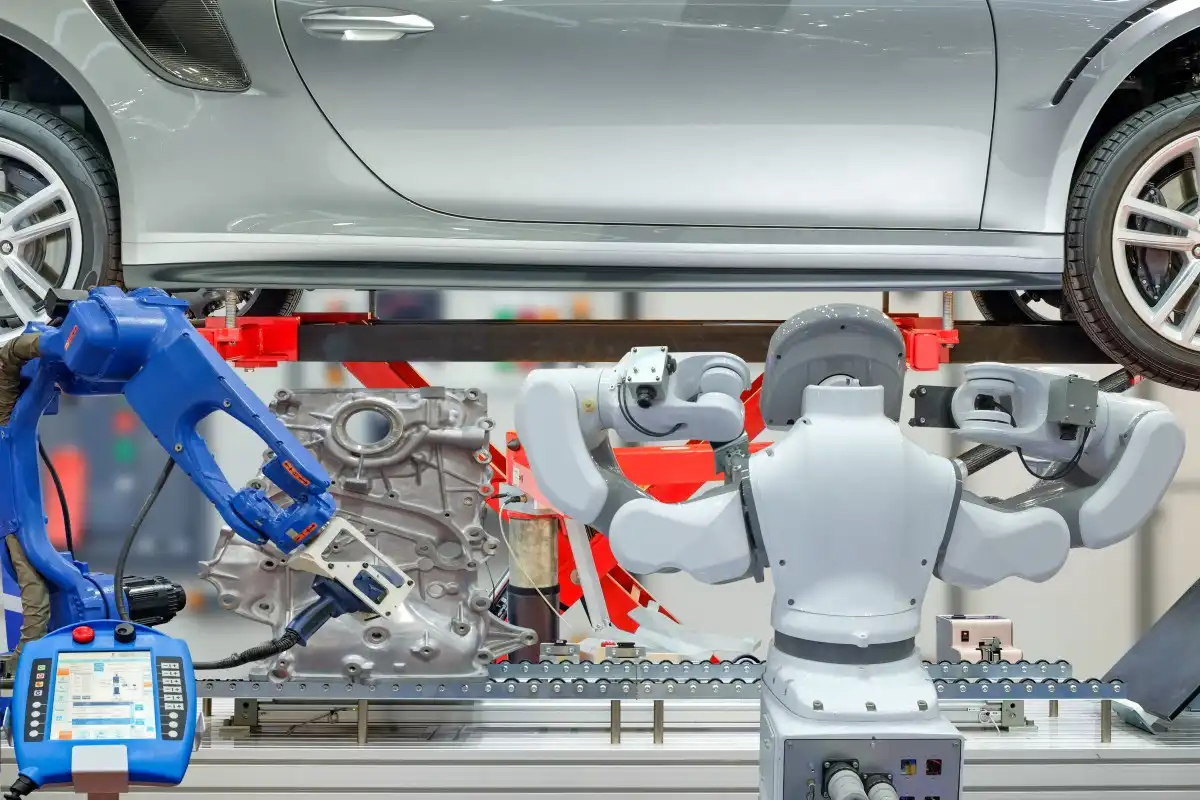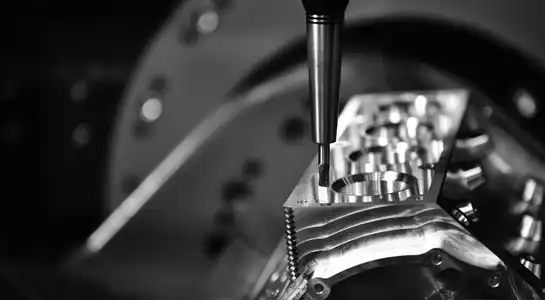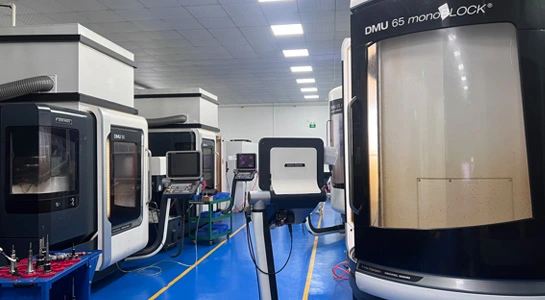Advanced Force Feedback Technologies
Direct Drive Wheels: The New Standard
Direct drive wheels have become increasingly popular in recent years, offering unparalleled force feedback fidelity. These wheels connect directly to a powerful motor, eliminating the need for belts or gears, resulting in more immediate and precise feedback. As technology advances, we can expect to see more affordable direct drive options entering the market, making this premium experience accessible to a broader audience of sim racing enthusiasts.
Haptic Feedback Innovations
Beyond traditional force feedback, haptic technology is set to play a significant role in the future of sim racing hardware. Manufacturers are exploring ways to incorporate more nuanced vibrations and sensations into steering wheels, pedals, and even racing seats. These advancements will allow drivers to feel subtle changes in road texture, tire grip, and vehicle dynamics, further blurring the line between virtual and real-world racing experiences.
AI-Enhanced Force Feedback Systems
Artificial intelligence is poised to revolutionize force feedback systems in sim racing. By analyzing real-world telemetry data and driver inputs, AI-powered force feedback can adapt and refine its responses in real-time. This technology promises to deliver more realistic and dynamic feedback, replicating the nuances of different vehicles and track conditions with unprecedented accuracy.

Immersive Display and VR Technologies
Ultra-Wide and Curved Displays
The trend towards wider and more immersive displays shows no signs of slowing down. Ultra-wide monitors with aspect ratios of 32:9 or even wider are becoming increasingly popular among sim racers. These expansive screens offer a panoramic view of the virtual cockpit and track, enhancing spatial awareness and immersion. Curved displays take this concept further, wrapping around the driver's field of view for an even more enveloping experience.
High Refresh Rate and HDR Advancements
As sim racing hardware display technology continues to evolve, we can expect to see monitors with even higher refresh rates and improved HDR capabilities. Refresh rates of 240Hz or higher will become more common, offering buttery-smooth motion and reducing input lag. Meanwhile, advancements in HDR technology will deliver more vibrant colors and improved contrast, bringing virtual racetracks to life with stunning realism.
Next-Generation VR Headsets
Virtual reality remains a game-changer for sim racing, and the next generation of VR headsets promises to take immersion to new heights. Higher resolution displays, wider fields of view, and improved eye-tracking technology will enhance the sense of presence in virtual cockpits. As VR hardware becomes more comfortable and affordable, we can expect to see wider adoption among sim racing enthusiasts.
Motion Simulation and Environmental Effects
Advanced Motion Platforms
Motion simulation rigs are evolving with increasingly sophisticated designs that provide multiple degrees of freedom and highly precise control over movement. Future motion platforms are likely to feature more compact, energy-efficient actuators, making high-quality motion simulation accessible for home users as well as professional setups. Enhanced integration with force feedback devices and haptic systems will deliver a cohesive and realistic driving experience. These improvements not only enhance immersion but also allow drivers to train more effectively, closely replicating real-world vehicle dynamics.
Environmental Simulation
Beyond motion, the next stage in sim racing hardware immersion focuses on replicating environmental conditions to enrich the experience. Advanced rigs may integrate temperature control, simulating the heat of a cockpit during high-intensity sessions, and wind simulation systems to create a tactile sense of speed. Sophisticated audio setups can reproduce the acoustics of racetracks, engine sounds, and tire friction with precision. By combining these environmental factors, sim racers will experience heightened realism that engages multiple senses, enhancing both training effectiveness and entertainment value.
Modular and Customizable Rigs
The trend in sim racing hardware is moving toward modular, highly customizable rigs that allow users to personalize their setups. Enthusiasts can mix and match components such as steering wheels, pedals, motion platforms, and displays from different manufacturers to suit their racing style or preferences. Modular designs also allow for easier upgrades and maintenance, accommodating advancements in technology. This flexibility ensures that sim racers can create a tailored experience for various types of racing, whether formula, rally, or endurance, maximizing both performance and enjoyment.
Conclusion
The future of sim racing hardware is bright, with innovations in force feedback, display technology, and immersive systems promising to deliver increasingly realistic and engaging experiences. As these technologies continue to evolve and become more accessible, sim racing will likely attract an even wider audience, blurring the lines between virtual and real-world motorsports. Whether you're a casual enthusiast or a professional driver, the coming years are sure to bring exciting developments that will transform the way we experience and enjoy virtual racing.

FAQs
How will these advancements in sim racing hardware affect competitive racing?
These innovations will likely lead to more realistic and challenging competitions, potentially narrowing the gap between sim racing and real-world motorsports.
Are these new technologies compatible with existing sim racing setups?
Many new technologies are designed to be backward compatible, but some may require upgrades to your current setup.
How soon can we expect to see these advancements in consumer-grade products?
Some technologies, like direct drive wheels and ultra-wide displays, are already available. Others may take a few years to become mainstream.
Experience the Future of Sim Racing Hardware | BOEN
At BOEN Prototype, we're at the forefront of sim racing hardware innovation. As a leading supplier and manufacturer, we specialize in creating high-quality prototypes and low-volume production for cutting-edge sim racing components. Our expertise in plastic and metal materials allows us to deliver precision-engineered parts that meet the demanding standards of sim racing enthusiasts. Experience the future of sim racing with BOEN. Contact us at contact@boenrapid.com to learn more about our custom solutions.
References
Smith, J. (2023). "The Evolution of Force Feedback in Sim Racing." Racing Simulation Quarterly, 45(2), 78-92.
Johnson, A., & Williams, R. (2022). "Virtual Reality in Motorsports: A Comparative Study." Journal of Immersive Technologies, 17(4), 301-315.
Lee, S., et al. (2023). "Advancements in Motion Simulation for Racing Applications." International Journal of Simulation Engineering, 8(3), 142-156.
Garcia, M. (2022). "The Impact of High Refresh Rate Displays on Sim Racing Performance." Esports Technology Review, 6(2), 55-69.
Brown, T., & Davis, L. (2023). "Haptic Feedback Systems in Modern Racing Simulators." Proceedings of the International Conference on Racing Simulation Technology, 112-126.
Wilson, K. (2022). "AI-Driven Force Feedback: The Next Frontier in Sim Racing." Artificial Intelligence in Sports, 12(1), 87-101.





